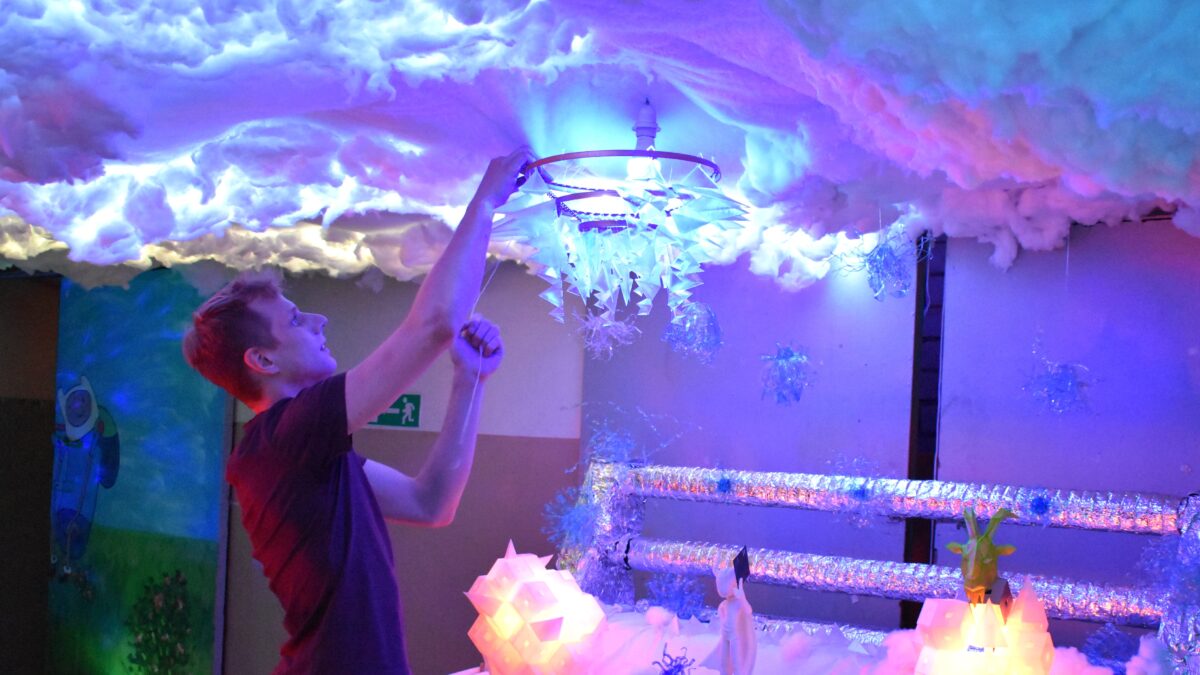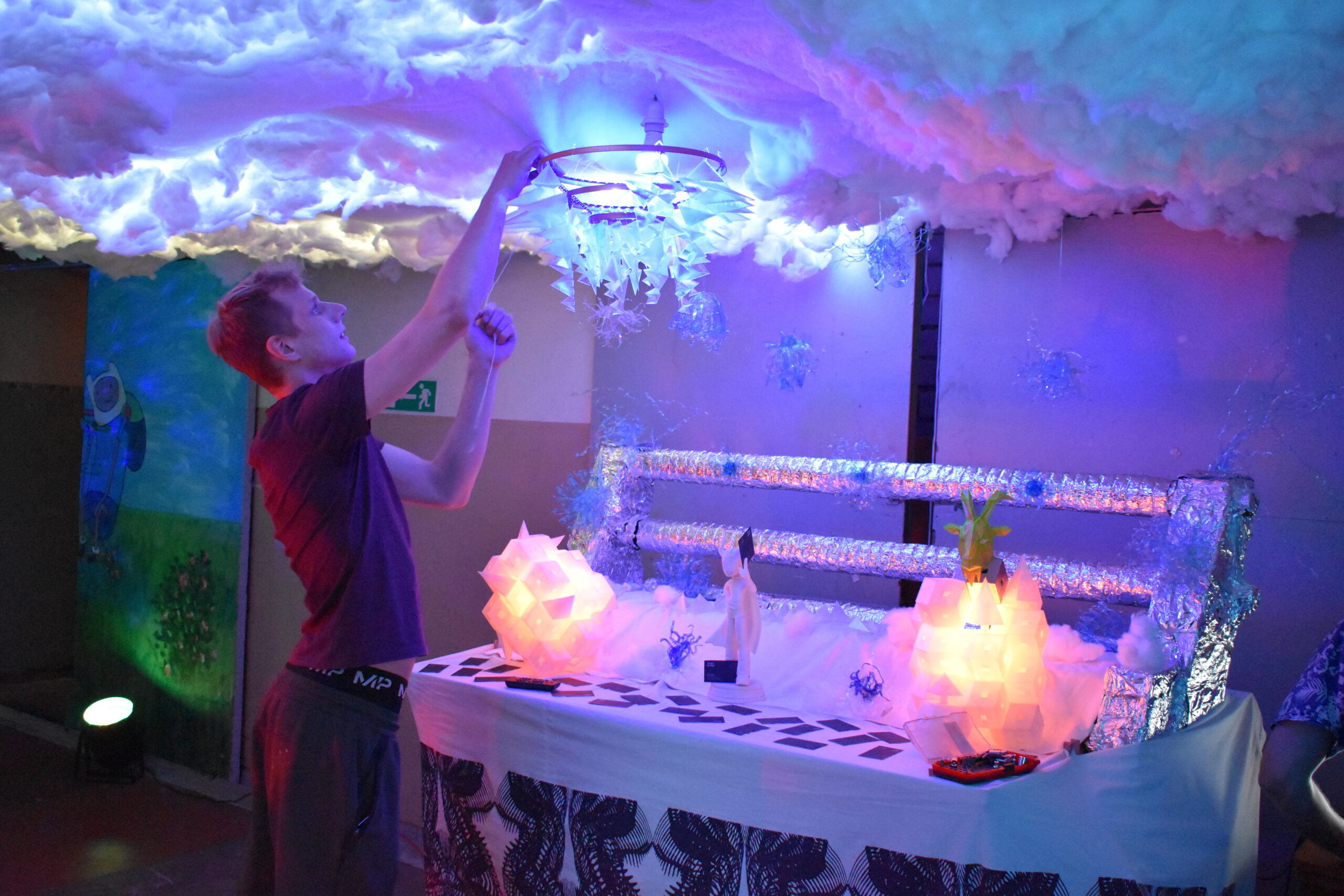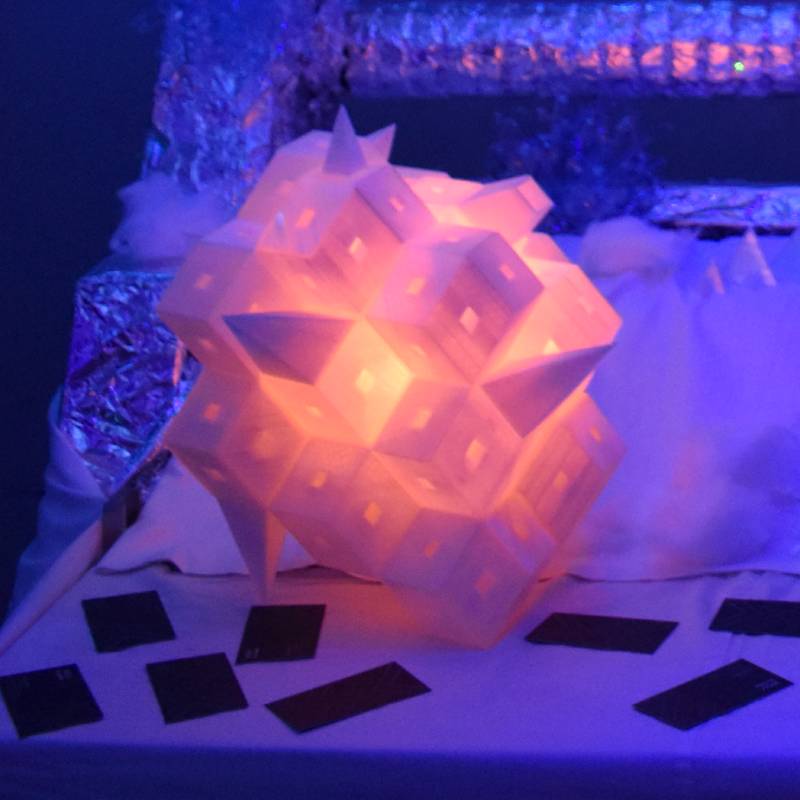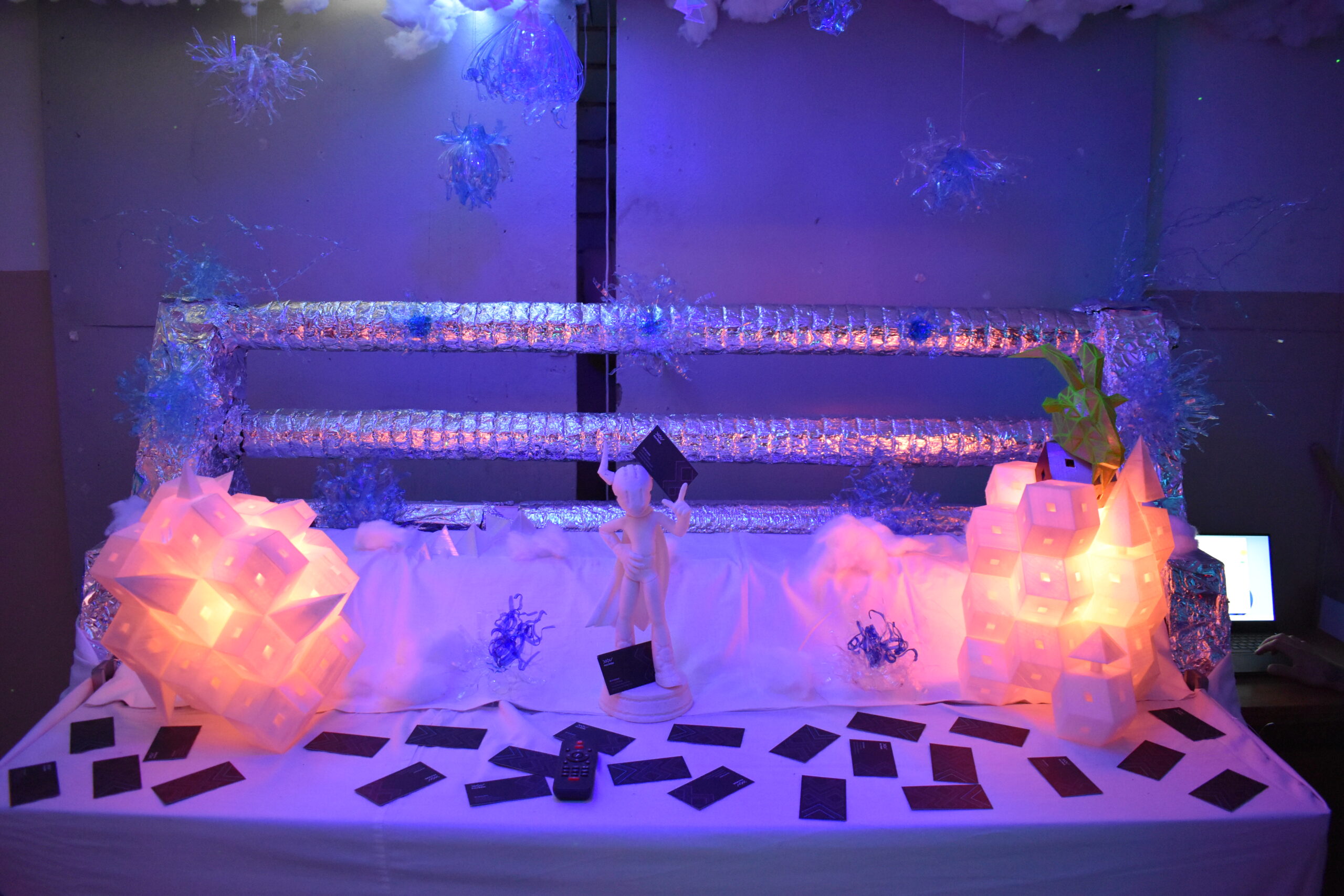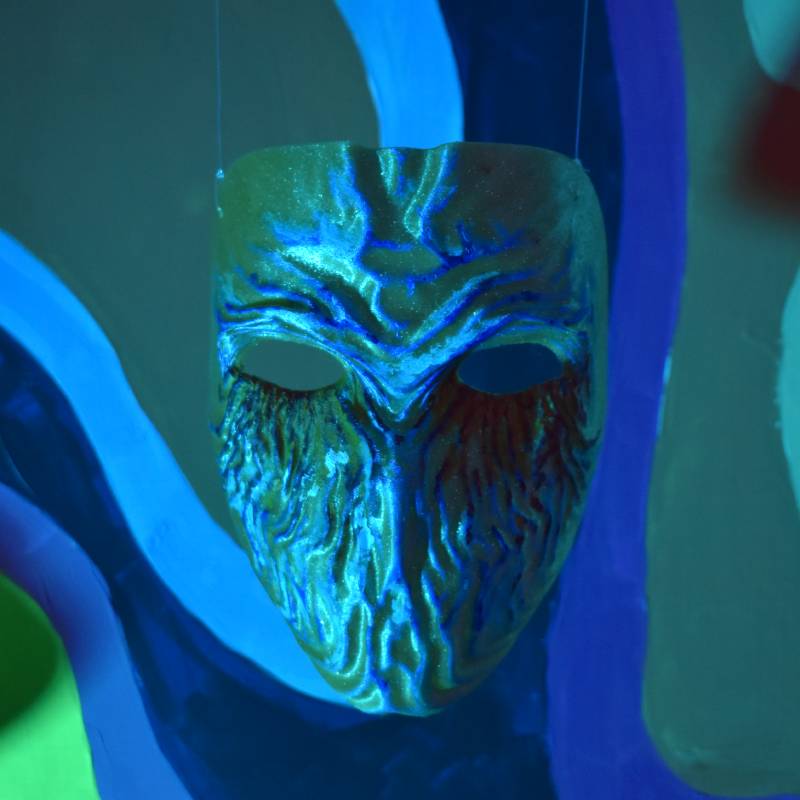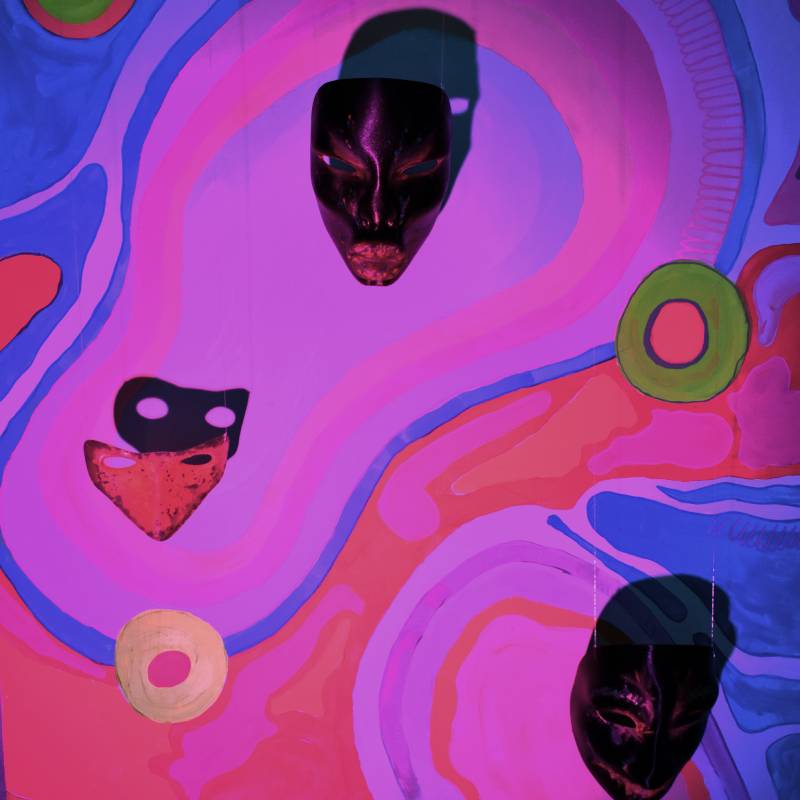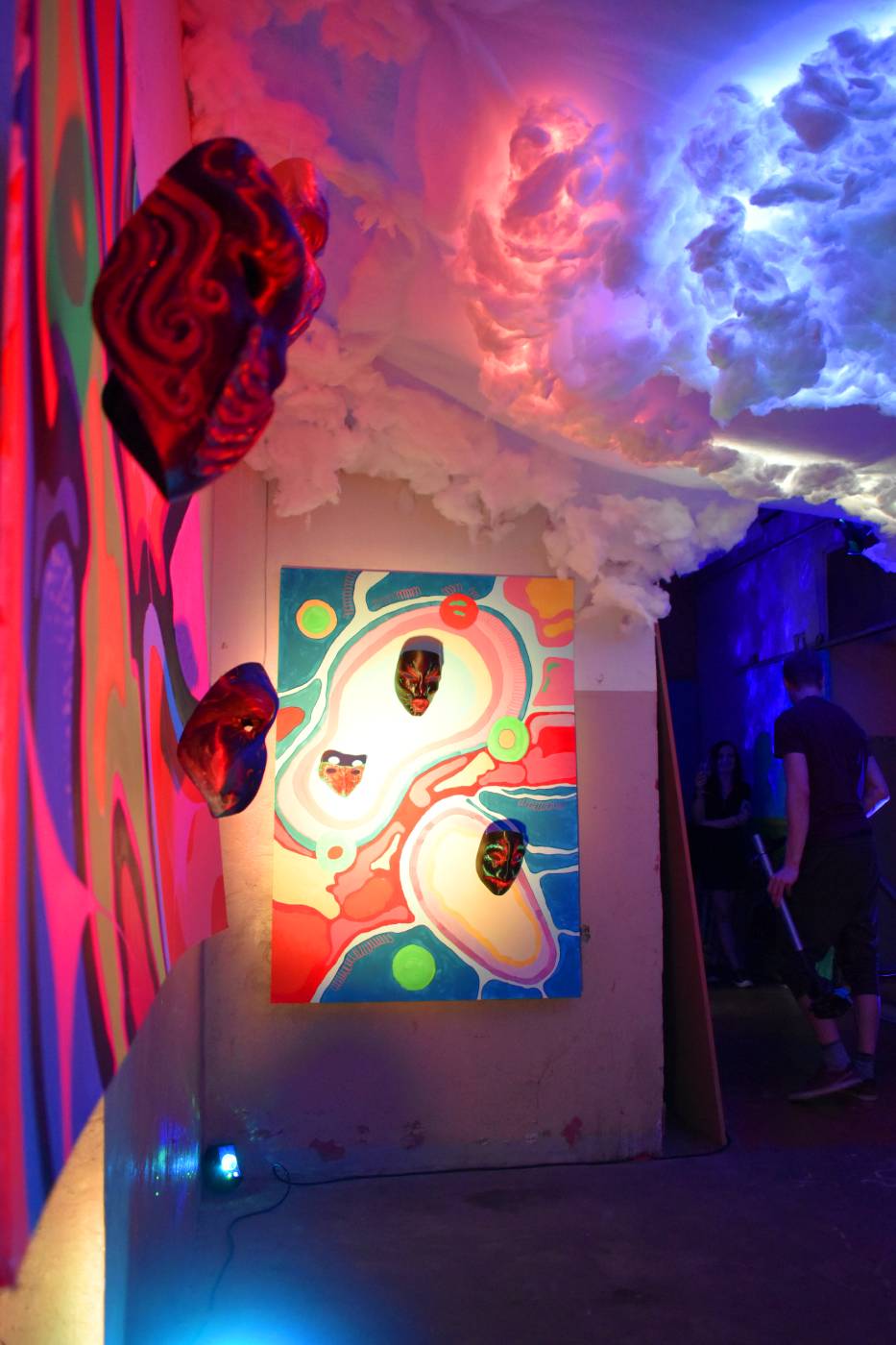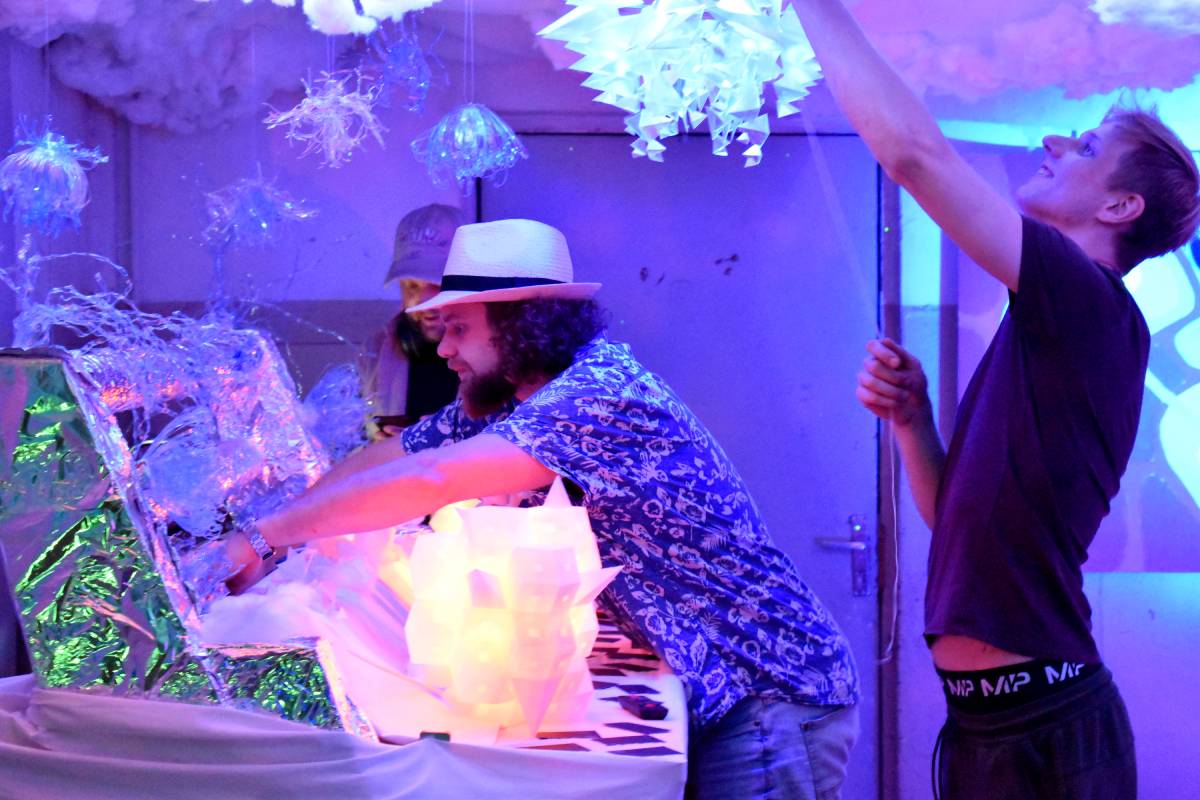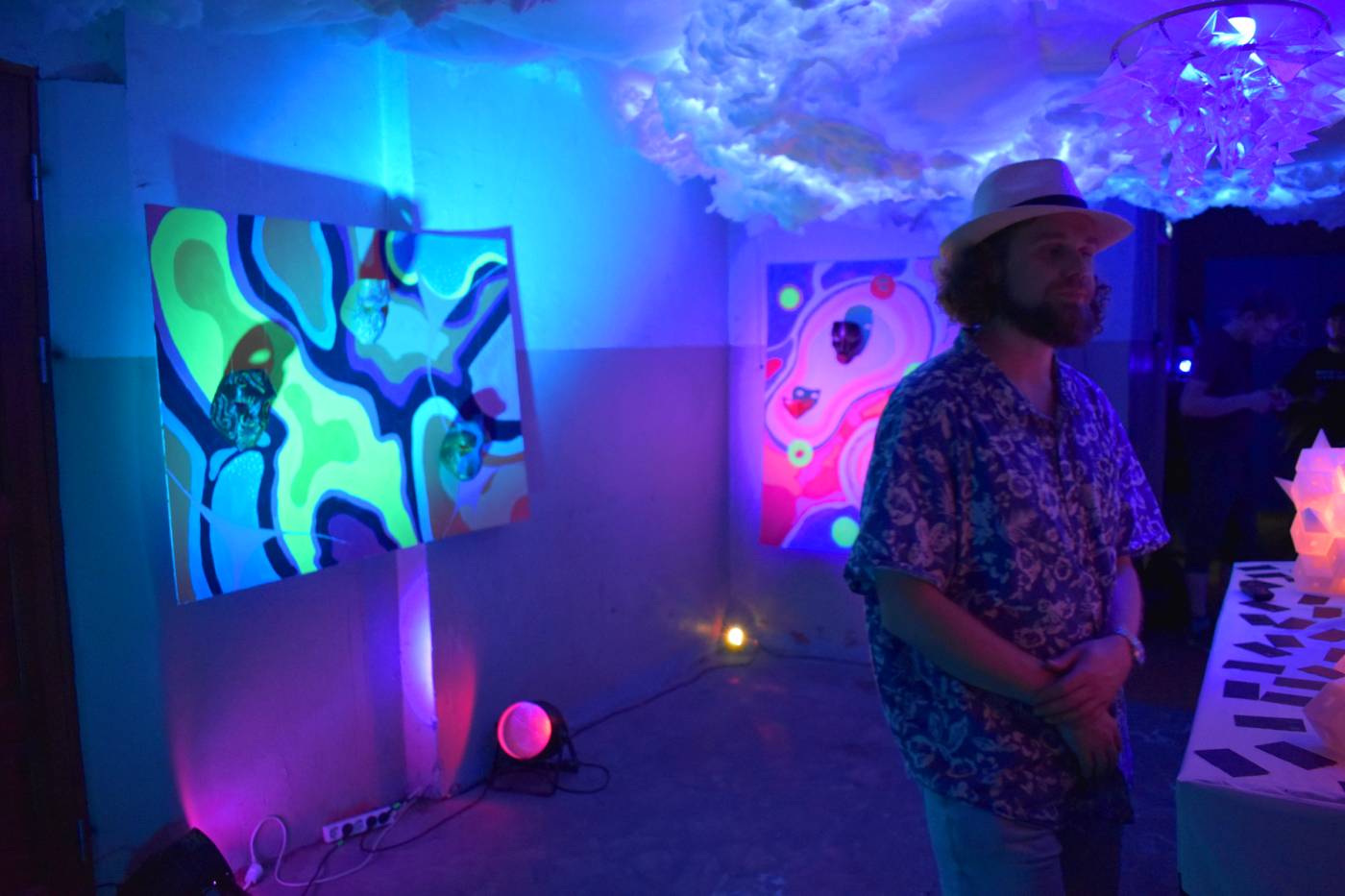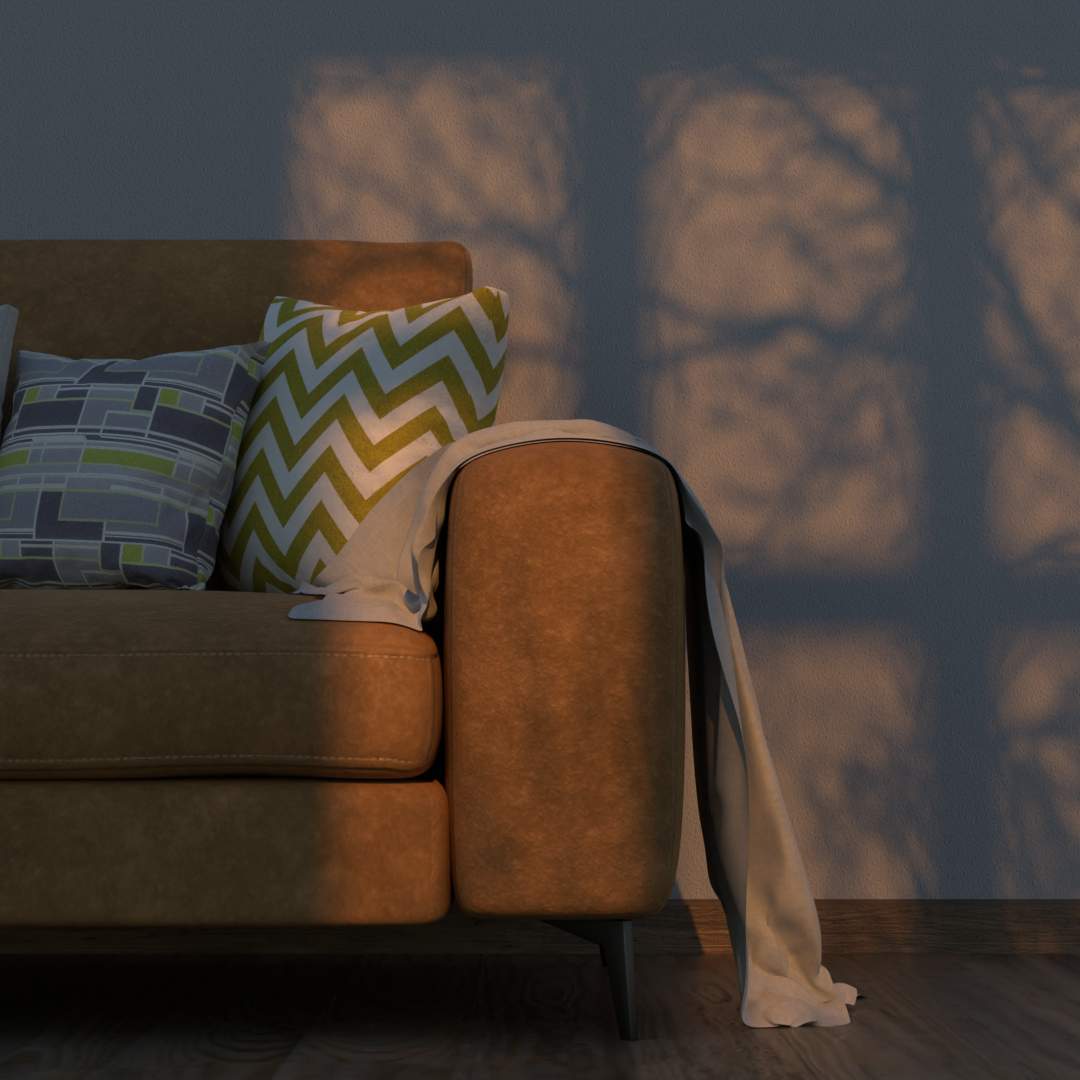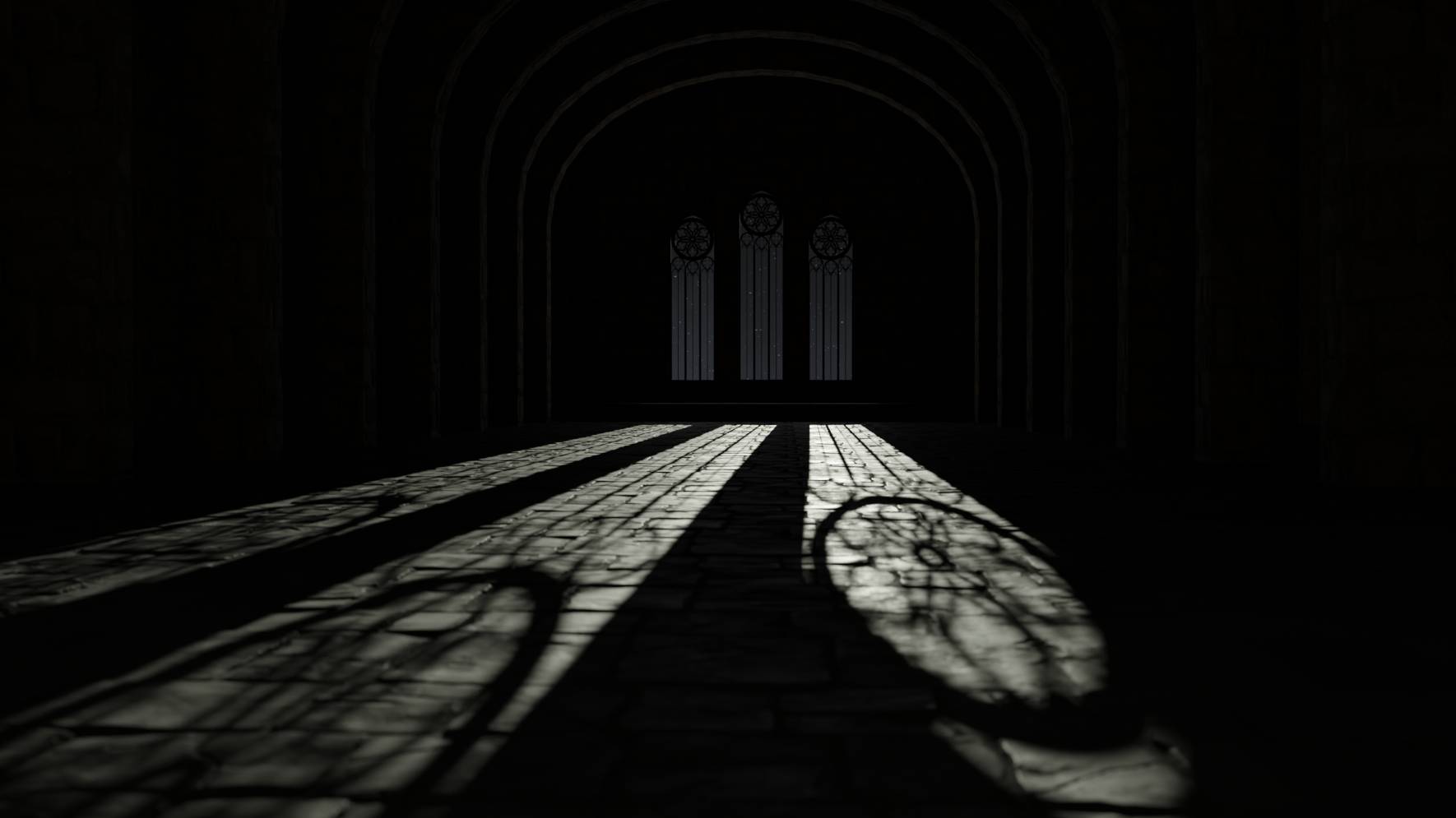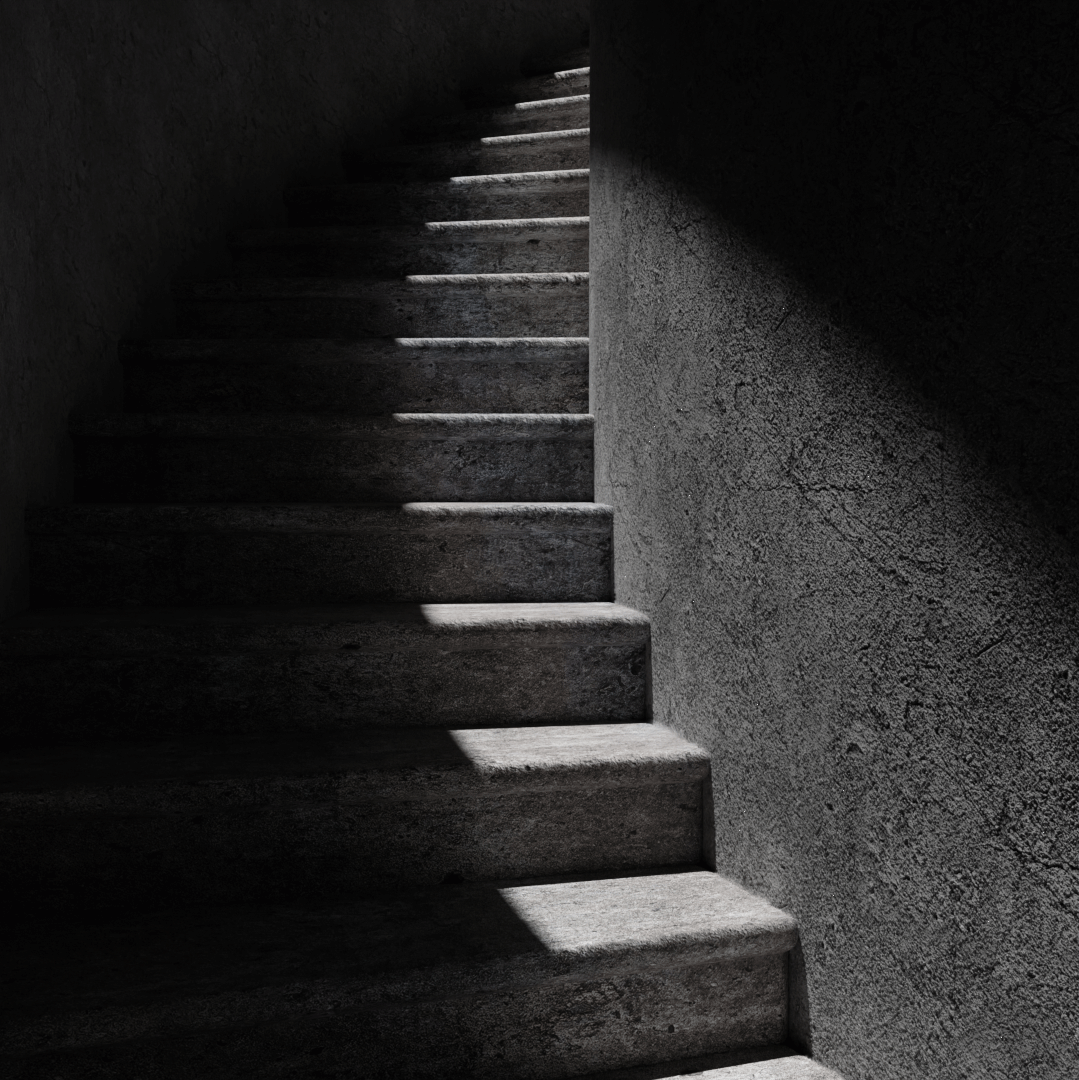3D-Printed Miniature Wonders: Tiny Worlds Explored
In a world where bigger often means better, the realm of miniatures provides a fascinating counterpoint. From intricate model railroads to dollhouse furnishings that boast remarkable detail, the allure of tiny replicas has always captivated the human imagination. Today, with the intersection of technology and artistry, 3D printing is revolutionizing the miniature world. Harnessing the power of 3D programs like Blender and AutoCAD, enthusiasts and professionals alike are diving into the delightful universe of “tiny worlds”.
The Magic of Minutiae
At the heart of every miniature is an eye for detail. The challenge lies not just in scaling down real-world objects, but in ensuring that every nuance, from the texture of a tiny brick to the turn of a minuscule doorknob, is replicated with precision. Traditionally, creating such detailed miniatures required painstaking craftsmanship.
With 3D printing, the intricate designs conceptualized in programs like Blender or AutoCAD can be brought to life with a level of accuracy that’s hard to achieve by hand. Blender, renowned for its 3D modeling and animation capabilities, allows for the creation of detailed digital designs. Meanwhile, AutoCAD, known for its architectural and engineering applications, offers precision that’s invaluable for structural miniatures.
From Digital Realm to Tangible Tiny Worlds
The journey of a 3D-printed miniature begins in the digital space. Designers can start by sculpting their concepts in Blender, taking advantage of its intuitive interface to mold intricate details. This is especially useful for organic or artistic miniatures, like tiny statues or miniature landscapes.
For those creating more geometric or architecturally accurate models, such as scaled-down buildings or precise machinery replicas, AutoCAD becomes the tool of choice.
Its strengths in drafting and precision design ensure that every millimeter of the model is exact.
Once the design phase is complete, the digital model is exported to a 3D printer. Here, layer by layer, the miniature wonder comes to life. Materials commonly used range from plastics like PLA or ABS to resin, depending on the printer type and the desired finish of the miniature.
Limitless Possibilities with 3D Printing
The capabilities of 3D-printed miniatures extend beyond just hobbies. Architects are using these techniques to create detailed maquettes of their designs, offering clients a tangible vision of the final structure. Filmmakers craft intricate sets to visualize scenes before the actual shoot. Meanwhile, educators use 3D-printed replicas to bring history, science, and art to life for their students.
.
.
.
In Conclusion
As technology continues to evolve, the bridge between the digital and tangible world grows ever stronger. 3D-printed miniature wonders, birthed from the powerful combination of programs like Blender and AutoCAD, offer both a testament to human creativity and a glimpse into the future of design and replication. In this tiny universe, there’s a vast expanse waiting to be explored.


